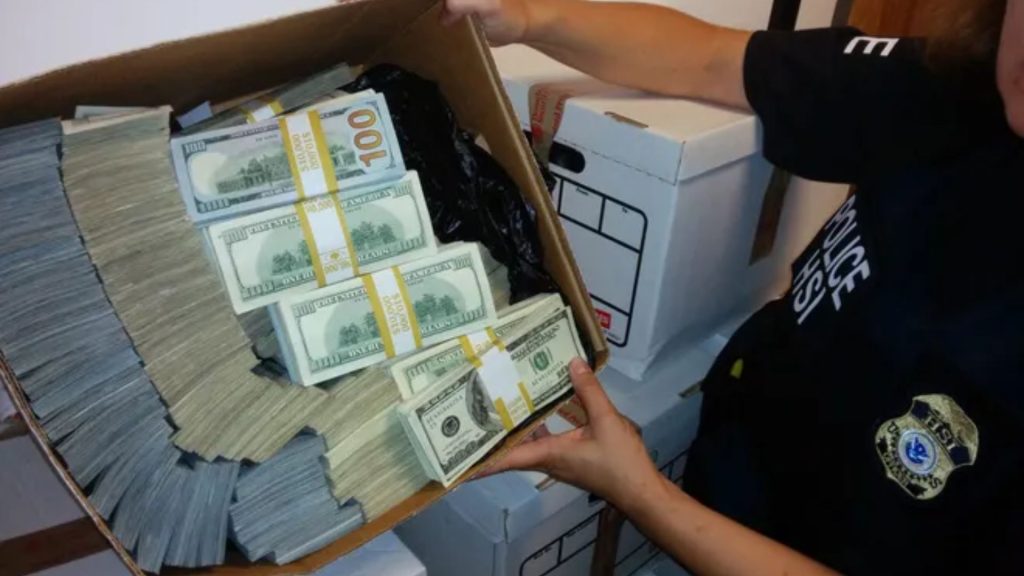There are methods of trade-based money laundering that criminals used. Money launderers find different avenues and methods to launder money and hide from the attention of law enforcement authorities. Trade-based transactions or business activities are one of the important avenues that criminals explore, where they establish businesses and start trading different goods, including furniture, precious stones, raw materials, vehicles, cars, building materials, etc. These businesses utilize illegal means or methods to transform, transfer or receive money from other criminals or support groups.
These trade-based money laundering methods are listed independently. In practice, criminals, such as money launderers, may mix these methods as one process or scheme to complicate the chain of trade transactions. For example, more sophisticated money laundering networks may use multiple invoices in connection with phantom shipping. Here, one shipment may involve the movement of actual goods to create a fake identity or to test the customs compliance processes, with subsequent trading of goods using multiple invoices for phantom shipments, utilizing as the cover of the transfer of money.
Methods of Trade-Based Money Laundering Used by Criminals
The following are some methods criminals and money launderers explore, such as trade-based transactions, including exports, for money laundering.
Over and Under-Invoicing of Goods and Services: The key element of over or under-invoicing goods and services is the price misrepresentation to transfer the value. By misrepresenting the price of traded goods or services, the money launderers hide the true value of the goods or services and succeed in transferring a higher or lower amount of funds from one location to another. Criminals misrepresent the details of goods or services, trick financial institutions, and ultimately succeed in money laundering.
Over and Under Shipment of Goods and Services: The over and under shipment involves misrepresenting the number of goods and services, including the ‘phantom shipment.’ In most cases, no product is moved at all. However, the funds are transferred or received by the criminals against the non-traded product declared on the papers.
Multiple Invoicing of Goods and Services: In the case of multiple invoicing, the existing documentation is reused by the criminals to justify multiple payments for the same shipment of goods or delivery of services. Criminals or terrorist financiers exploit multiple financial institutions by reusing the documents, making it difficult for one institution to identify the anomalies or multiple invoicing tricks.
Falsely Described Goods and Services: In this method, the criminals or money launderers misrepresent the quality or type of a good or service, such as they show the shipment of a relatively inexpensive good and describing the shipped goods as a very expensive item or they may show the entirely different item shipped, to justify the value movement. For example, the shipment may actually involve goods worth 10,000 US dollars, but the money launderers declare the goods worth 100,000 US dollars to transfer or receive the higher value or funds.
Final Thoughts
Trade-based money laundering (TBML) is a complex and sophisticated process used by criminals to conceal the proceeds of illegal activities. It involves using legitimate trade transactions to move value across borders while disguising the illicit nature of the funds. Trade-based money laundering is a complex process that involves a range of sophisticated methods. Criminals use these methods to disguise the true nature of their illicit funds and move them across borders undetected. It is important for governments and law enforcement agencies to be aware of these methods and take steps to prevent and detect TBML.





